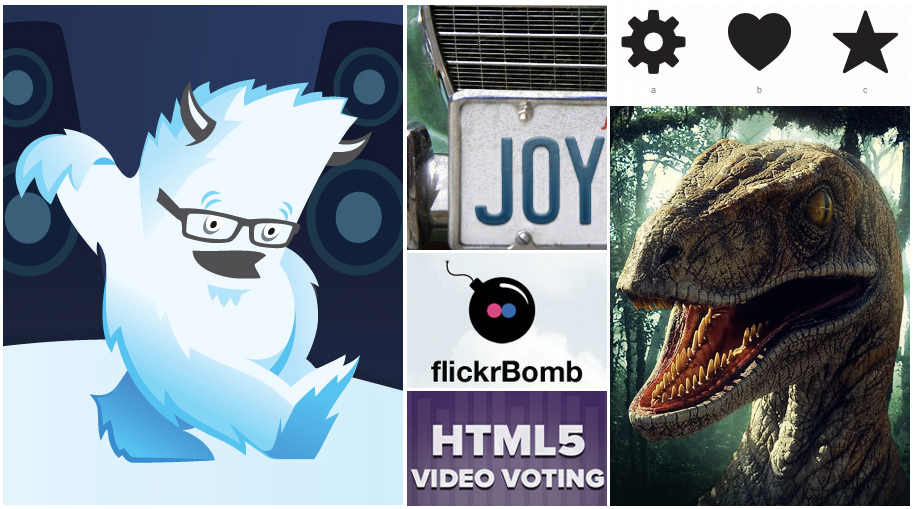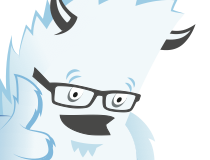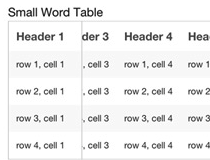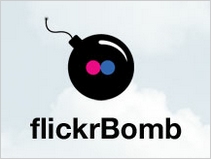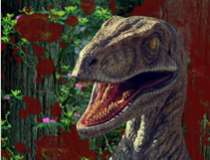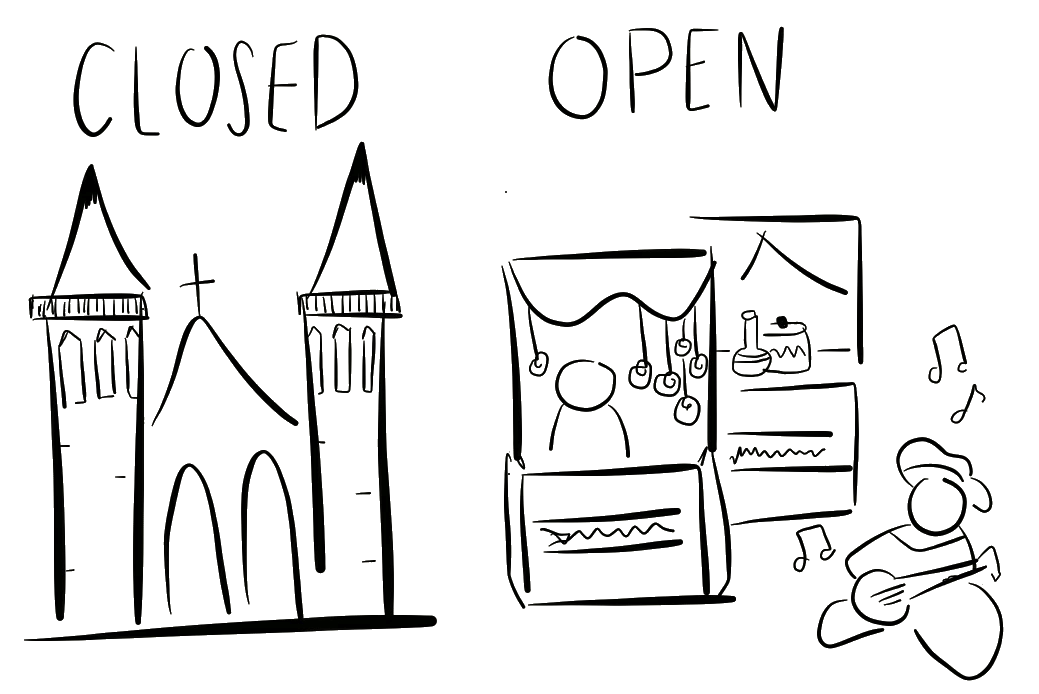Open Source
One of the most effective ways to facilitate user education and innovation is through open sourcing.
The nuts and bolts: Open source is software that is distributed under a license that allows users to use, study, modify, and distribute the program and its source code to anyone and for any purpose. Open source software may be created in a public, collaborative environment.
While the concept of freely sharing ideas and content has existed for a very long time, “open source” refers mainly to software. Specifically, we’re talking here about the free distribution and access to source code that users can then modify and, in some cases, even redistribute. Which is, as we’ll discuss, pretty awesome.
How Do We Open Source?
At ZURB, we’re proponents of open sourcing. Our core philosophy is all about helping people design better, so we see open source software as a powerful educational tool where users can learn about the technologies that are available to them and how to use them. Our open source content is available to download and modify over at GitHub, and it’s all licensed under the MIT Open Source License, which means you can download our code bits and experiments. The idea behind this to encourage people to download our software and play with the source codes, perhaps sparking their own innovations. Here’s a small sampling of the open source software found on our ZURBplayground page:
Foundation
A powerful and versatile responsive framework, Foundation is perhaps our most notable venture into open sourcing. The efficient yet lightweight grid makes prototyping easier than ever. The Foundation download kit includes a starter page with relevant javascript files and stylesheets to facilitate your quest for world domination. And web design.
Responsive Tables
Data tables have this habit of breaking responsive layouts, which is pretty frustrating if you’re designing for mobile devices. So, we built a CSS/JS combo that basically takes existing data tables and modifies them to be mobile-compatible. The code pack is available for download and includes a demo file. Implementation instructions are on the download page.
Joyride
Joyride is a jQuery plugin that elegantly highlights new features on your website or application. The source code is available for download, along with a snazzy demo HTML page that we put together to guide you through your first tour.
flickrBomb
Remember the boring placeholder images you used to use while prototyping designs? The flickrBomb is a nifty alternative to gray quadrilaterals, and you can use it to instead fill your frameworks with relevant (and colorful!) content. Getting flickrBomb is just a matter of downloading the software and reading through the customization info. Plus, there’s a live demo.
Raptorize
You know that moment when you look at a boring website and think to yourself, “Man, you know what this page needs? A velociraptor.” Yeah, you know what we’re talking about. We’ve got you covered with the most badass prehistoric plugin ever to walk the earth (metaphorically speaking). Download the jQuery file and raptorize your life. Rawrrr.
Benefits of Open Sourcing
In addition to educating people and helping them design better, open sourcing has a variety of other impacts also. For one thing, it’s a great way to meet new people. When users download and use some of our open source software, we love hearing their feedback, any suggestions and modifications they’ve made to the source code.
Another reason why we do this is because we really believe in it, and it’s incredibly rewarding. We recently evaluated some of our open source projects and noticed three big things:
Firstly, there’s a huge demand for open source tools, and our hope is to help meet that demand in whatever ways we can, with our Playground pieces, Foundation and future creative experiments.
Secondly, the bar for quality is set very high in the open source community. Part of this is because, as soon as a product is released, there’s immediate feedback on what can be improved, what can be expanded and what can be better. Rapid prototyping is the name of the game here, and we’re leading the pack.
And thirdly, maintaining open source software requires a huge amount of commitment, because there’s a degree of dedication that would be required for people to trust a new tool. We already pledged our commitment to making the web a better place by contributing nifty source codes that people can incorporate into their own designs. And it’s a commitment we intend to honor.
Why Open Source Software Is So Awesome
And that is what open sourcing is — it’s building over a strong foundation. It’s maintaining a symbiotic balance — to create, we must take. And then we give back, so that someone else can take it and make it better. Open sourcing is the cornerstone of innovation. It’s all about sharing.
It also puts the user first. While there are warranties and 30-day money back guarantees for many commercial products, open sourcing is unique in that there is a dynamic and talented community of developers who are there primarily to fix software bugs and find innovative ways to tailor the software to your needs. If there’s a feature that you feel is missing, open sourcing lets you work within the source code and add it.
There is a downside, of course. Open source technology lacks the polish and finishing touches that might characterize commercial innovation, which is driven by an explicit purpose to a visible goal. In the open source community, there is no one guiding the ship.
American computer programmer Eric Raymond developed an eloquent (and now famous) metaphor where he likened open-source innovation to a bustling bazaar that swells of its own violation and closed-source innovation to a well-planned albeit stagnant cathedral. Raymond argues for open sourcing over its more austere counterpart, and while we don’t necessarily see the two as mutually exclusive, we see his point. This is awesome stuff, you guys.
Are You Ready to Take the Dive?
The open source community is a thriving one that continues to grow. We’ve already taken the plunge and love every bit of it. Open source development is incredibly challenging but also invigorating – you learn to prioritize user needs in a whole new way. But it’s scary stuff, too. Like a labyrinthine and colorful bazaar, it can be a bit overwhelming, especially for those accustomed to the rigid structure of a closed-source cathedral. But amidst winding websites and unpolished trinkets, you’re sure to find a real gem or two, and perhaps even a diamond in the rough?
There’s only one way to find out.










